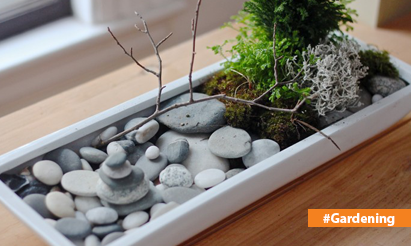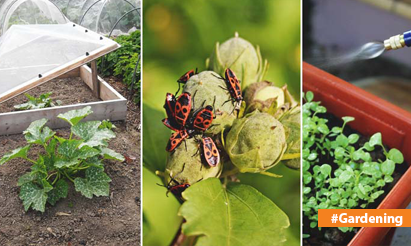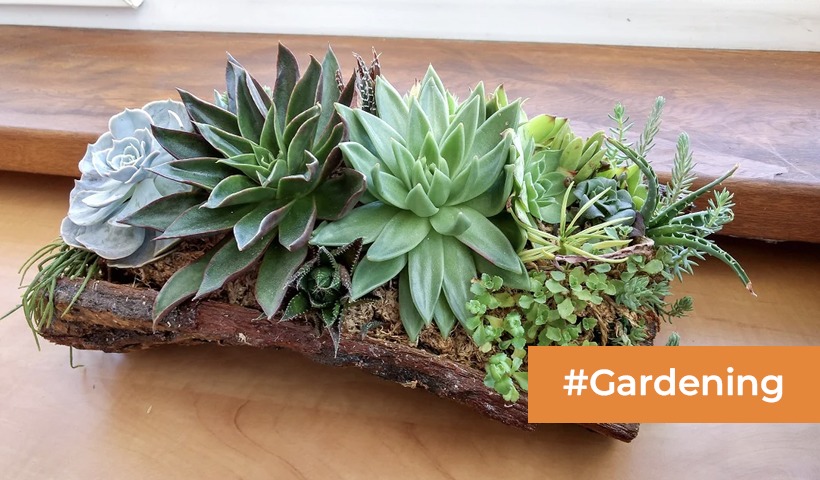Thorny Wonders: A Journey through Facts, Types, and the Practicality of Thorny Plants!
Thorny plants, also known as spiny plants, are a diverse group of vegetation that possess sharp, pointed structures on their stems, leaves, or branches. These thorns serve various ecological purposes and have practical uses for both humans and wildlife. Let’s explore some facts about thorny plants, different types, and their uses:
Facts about Thorny Plants:
- Defense Mechanism: The primary purpose of thorns is to serve as a defense mechanism against herbivores and potential threats. They deter animals from feeding on the plant’s foliage and protect it from being damaged.
- Ecological Importance: Thorny plants play a crucial role in various ecosystems. They provide shelter and nesting sites for birds and other small animals. Additionally, some thorny plants serve as food sources for wildlife.
- Diverse Adaptations: Thorns can take different forms, such as sharp spines, stiff prickles, or modified branches. The shape, size, and location of thorns vary depending on the plant species.
Types of Thorny Plants:
- Rose (Rosa): Roses are perhaps the most well-known thorny plants. They are beloved for their beautiful flowers and are widely cultivated for ornamental purposes.
- Cacti: Cacti are famous for their unique appearance and water-storing capabilities. They have spines that protect them from herbivores and help reduce water loss.
- Blackthorn (Prunus spinosa): Blackthorn is a shrub with sharp thorns that produce sloe berries, which are used to make sloe gin and other alcoholic beverages.
- Hawthorn (Crataegus): Hawthorn is a small tree or shrub with thorny branches. It produces clusters of small, edible berries and is often used in herbal medicine.
- Acacia: Acacia trees and shrubs have thorns that provide protection from herbivores. Some acacia species have a symbiotic relationship with ants that defend the plant from predators.
- Barberry (Berberis): Barberry is a thorny shrub with attractive yellow flowers and red berries. It is used in landscaping and traditional medicine.
Uses of Thorny Plants:
- Security Fencing: Thorny plants are often used as natural security fences. Their thorns act as a deterrent, preventing unauthorized access to properties.
- Traditional Medicine: Some thorny plants have medicinal properties. Extracts from these plants are used in traditional medicine to treat various ailments.
- Landscaping: Thorny plants are commonly used in landscaping to create hedges or natural barriers. They add texture and visual interest to gardens and landscapes.
- Wildlife Conservation: Thorny plants provide habitat and food sources for wildlife, contributing to the conservation of various animal species.
- Crafts and Art: Some cultures use thorny plant materials in traditional crafts and art, creating baskets, tools, and decorative items.
- Ecological Restoration: In some areas, thorny plants are used in ecological restoration projects to prevent soil erosion and support native biodiversity.
Thorny plants are remarkable examples of nature’s adaptations and have practical uses for humans and wildlife alike. Whether in landscaping, wildlife conservation, or traditional medicine, these plants play a significant role in various aspects of life on our planet.
Disclaimer: The views expressed above are for informational purposes only based on industry reports and related news stories. PropertyPistol does not guarantee the accuracy, completeness, or reliability of the information and shall not be held responsible for any action taken based on the published information.




